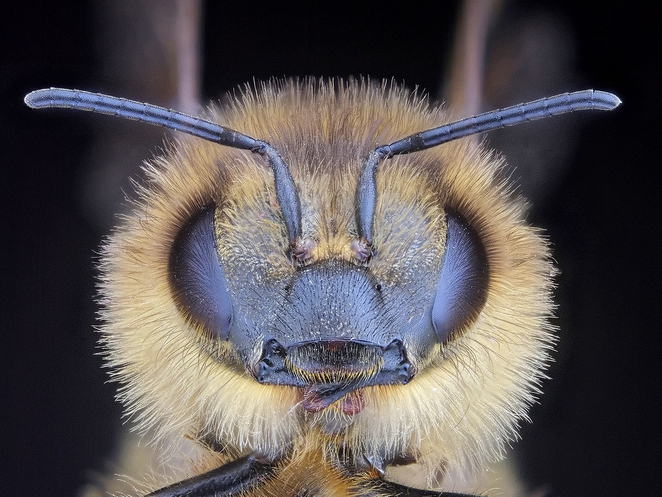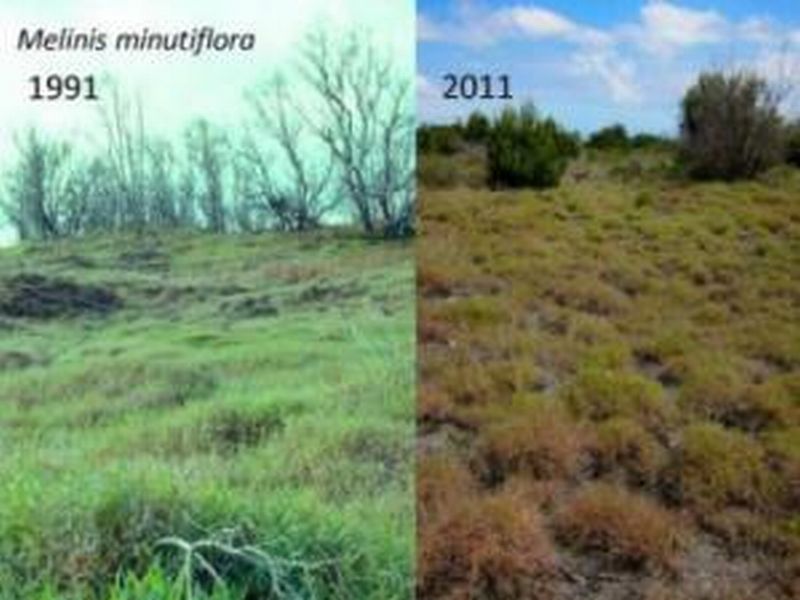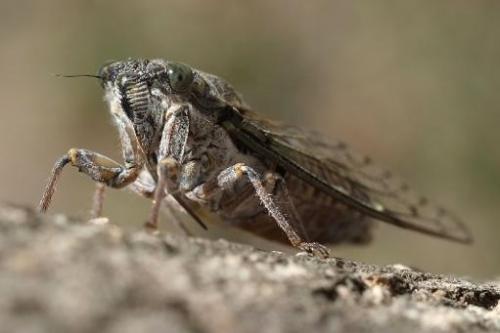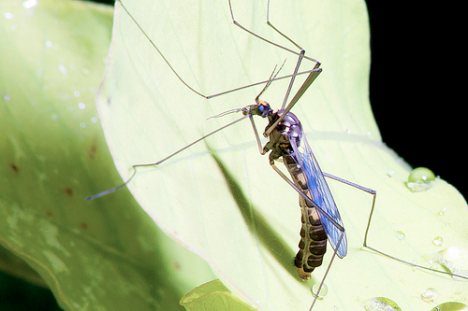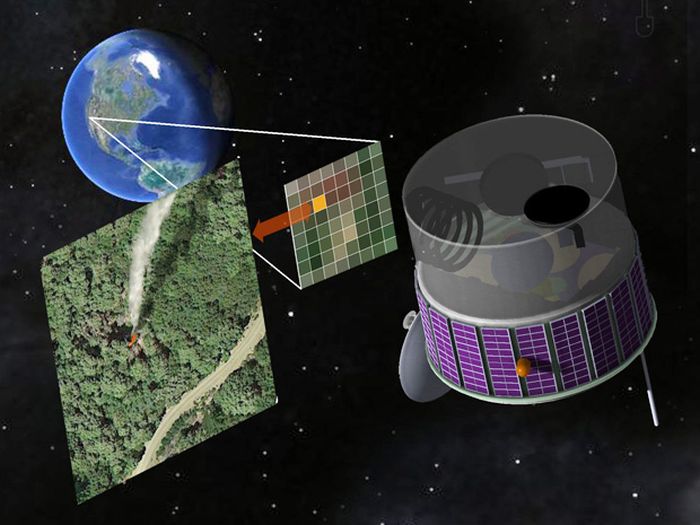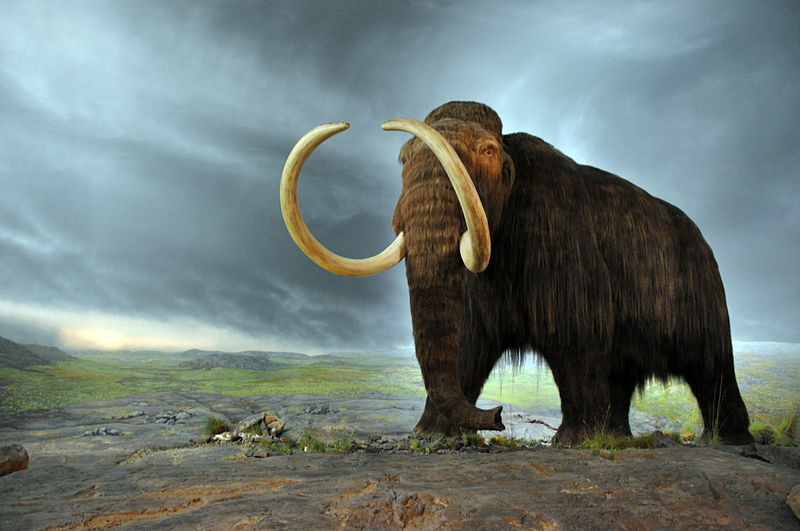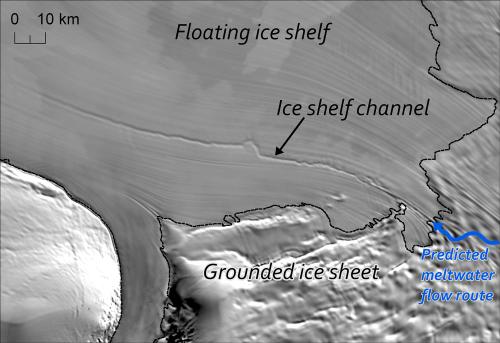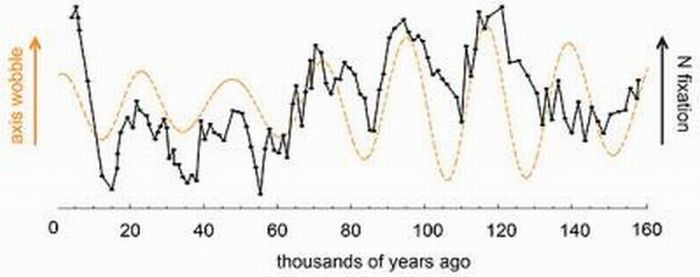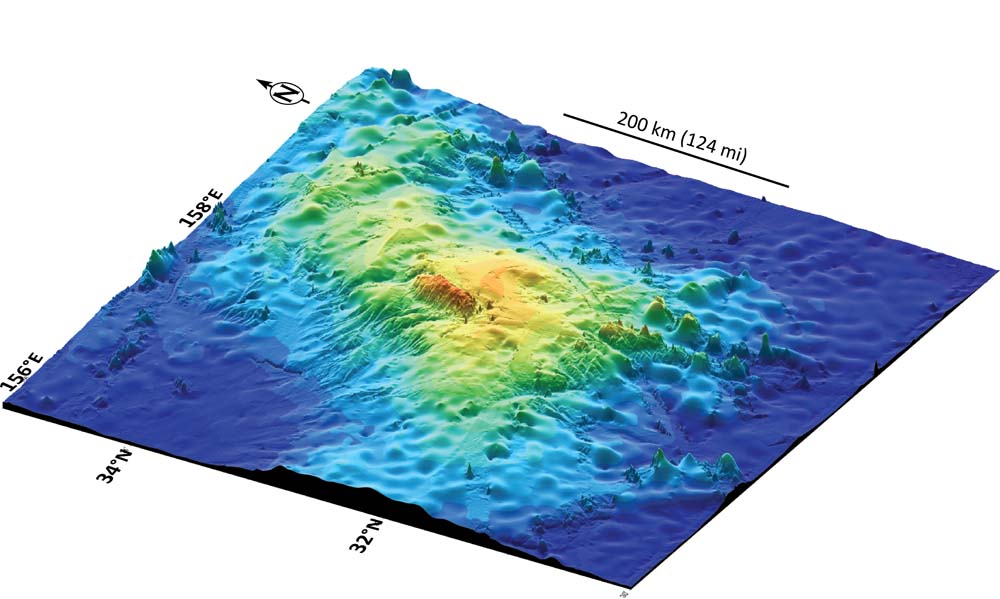Trees play an important role in earthly habitation like providing oxygen, giving food, shade, conserving water, preserving soil from erosion and the list goes on. Recently scientists have found one more equally significant role to add in the existing list. In a recent observation, silver birch tree was found absorbing the harmful particulate matter of various sizes present in the air, which can also be inhaled by us. The trees are competent in absorbing about 50% of the tiny particulate matter generated by the automobiles. These particulate matters originate from…
Read MoreTag: environmental science
Newly Discovered Sound-Producing Organ in Koalas
“Cute” is a word usually associated with Koalas. However, these small sized bears have been recently discussed from an angle distant from that related to their scrumptious looks; one that uncovered the mystery of their deep voices. Koalas have always puzzled scientists with their low-pitched bellows, which are considered about 20 times lower than they should be considering their body sizes. This estimation was made considering that the size of the vocal cords of an animal determines the pitch of their voices. Accordingly, smaller-sized animals are known to produce higher-pitched…
Read MoreDecline In Bee Population: A Rising Concern
It is well known fact that the most important work that a bee performs is to pollinate. Almost 80% of our flowering crops are dependent on these bees for their pollination process. That constitutes nearly 1/3 of human diet dependent on bees. Now we can imagine how dependent we are on bees for our survival on this planet. However, scientists have been recording an alarming decline in the bee population and have been named as Colony Collapse Disorder (CCD). In last six years approximately 10 million beehives has suffered from…
Read MoreInvasive Plants’ Impact Revisited
A longitudinal study conducted by researchers Carla D’Antonio and Stephanie Yelenik was carried over a period of two decades to study the impact of invasive plants, to be one of the few studies conducted over such a period of time in this field of research. D’Antonio of UC Santa Barbara University, worked with postdoctoral scholar Stephanie Yelenik to collect data on grass invaded fields over the time period between mid 1990s and 2012. Field sites chosen were in Hawaa Volcanoes National Park. Data obtained from this study revealed unique results…
Read MoreGerm Killing Nanopillars Found In Cicada Wings
We have all experienced the typical disinfectant liquid smell coming from hospitals or used in our homes to clean the floor or kitchen top which many of us don’t like in particular but is very essential in maintaining a germ free healthy life. Imagine how wonderful it would be, if we can lead a germ free life without using these disinfectants.
Read MoreGenetically Engineered Insects: The Risk Assessment
As reported in the journal “Ecology and Evolution” , researchers from the University of Minnesota are working on developing a new approach for studying effects of using genetically engineered (GE) insects. GE insects are aspired to be used for purposes of managing pests and insect-borne human diseases. Researchers including David Andow, Aaron David, Joe Kaser, Amy Morey and Alex Roth are working on designing a standardized ecological risk assessment (ERA) for using such an approach. “Our project is trying to get it a little bit further into a standardization —…
Read MoreHydrogen Powered Cars Will Be The Future Transportation
With the ever-increasing fuel prices and harmful greenhouse gases produced by these fuels, the need of the hour is to switch to an alternative fuel as effective as the traditional fuels. One such innovation is being done in the field of automobile industry with bringing the concept cars like electric cars and now hydrogen cars is being added to the list. These pollution free hydrogen cars would emit only water vapor and so can be seen as a promising mode of transportation in the future.
Read MoreSolar Energy Saved For Nights And Rainy Days
Solar energy, the outcome of the most innovative technology employed ever to harness sun’s energy. It is being widely used as an alternative source of energy mainly for electricity generation, transportation (solar car), in agriculture & horticulture (greenhouse), solar water heater to name a few. Nevertheless, there are certain drawbacks with solar energy, for instance, cost involved in the set up and irregularity/ unavailability during night or rainy days, as storage of solar energy was not so far possible. Giant Ivanpah is the largest solar thermal plant in the world…
Read MoreMarmosets and the Etiquette of Conversation
Marmosets are small, squirrel-like primates found in South America. They are considered to be the most primitive species of monkeys as they lack the ability to even change their facial expressions (*1). However, Marmosets were recently found to have a new skill that makes them more special than most animals. While different animals are known to call onto each other for purposes of mating or territorial defense, Marmosets have taken it to a new level of actual conversing. This discovery moves marmosets from being cute animals, to being courteous and…
Read MoreFUEGO The Fire Spotting Satellite: A Tool For Firefighters
It’s been quite a sometime since scientists were working towards obtaining insights and control over the occurrences and patterns of global wildfire. As per a research reported by Clark University geographers, carbon emissions from fires have escalated tremendously, between 1996 and 2008 is 2.4 times as much as what burned between 1984 and 1995. So in order to resolve the problem, scientists thought of having a dedicated geostationary satellite. Such technology would also help in averting catastrophes like Arizona’s Yarnell Fire, which killed nearly 19 Firefighters in US this summer.…
Read MoreBringing the Woolly Mammoth Back to Life
Having the Asian Elephant as a close relative, the long extinct woolly mammoth now has hope to come back to life. Scientists are studying the possibility of having hybrid animals give birth to an animal that resembles the woolly mammoth. Although it might sound like a remotely possible science fiction movie, the actual theoretical basis for the work is there. The first step in the process is creating the genetic map of the woolly mammoth (i.e., genome mapping). Reportedly, work in this area has already taken place, as researchers have…
Read MoreGenetic Engineering to Fight Loss of Animal Species
As increasingly more species in the animal kingdom are haunted by the ghost of extinction, scientists are researching on some pretty drastic interventions to reserve threatened life. After its successful use on plants, facilitated adaptation through genetic engineering is considered as a practical option for now. In a recent article of mine, A Spotlight on Evolution, I shed light on environmental changes causing Bonbos to move and get redistributed into new places due to anthropogenic environmental changes, which significantly affected their behavior. New research is now focusing on moving genes…
Read MoreAntarctic Ice Sheet Rests Over Meltwater Streams
There are numerous landscapes resting under the deep sea level and across the poles that are untouched and yet to be discovered by humans on the planet Earth. Volcanoes have been discovered lurking under the oceans and now, researchers have come across beautiful and magnificent ice channels under the sheet of frozen ice. Antarctica possesses the enormous ice channels underneath a floating ice shelf. If we talk about measurements, it would surpass the Eiffel Tower, said the research scientists. Team behind the study is hoping that this discovery would be…
Read MoreOcean, An Epitome Of Stable Nutrient Reservoir
Understanding the oceanic life-support system has always been a subject under the radar of researchers. Recently, they have postulate a hypothesis according to which the wobbling of Earth on its axis in cyclic motion is responsible for producing a nutrient that determines the health of oceans. Earth’s climatic conditions, size of marine fisheries and aquatic environment all are directly proportional to the health of the oceans, says the study. The investigation conjectures that in the past 160,000 years, nitrogen fixation in the deep sea has increased and decreased in a…
Read MoreGargantuan Volcano Lurking On The Pacific Floor
A team of researchers from A&M University has discovered a giant volcano resting under the surface of Pacific Ocean, which first they thought to be remnants of multiple volcanoes. Tamu Massif the extinct submarine shield volcano is to be found in the northwestern Pacific Ocean. Surface area of the gargantuan is about 120,000 square miles with peak 2.2 miles high, somewhere around five and a half Mt. Everests hence, eclipsing the current largest subaerial volcano, Mauna Loa on the Hawaiian Islands. It’s probable dead as of now, advocated the researches…
Read More


